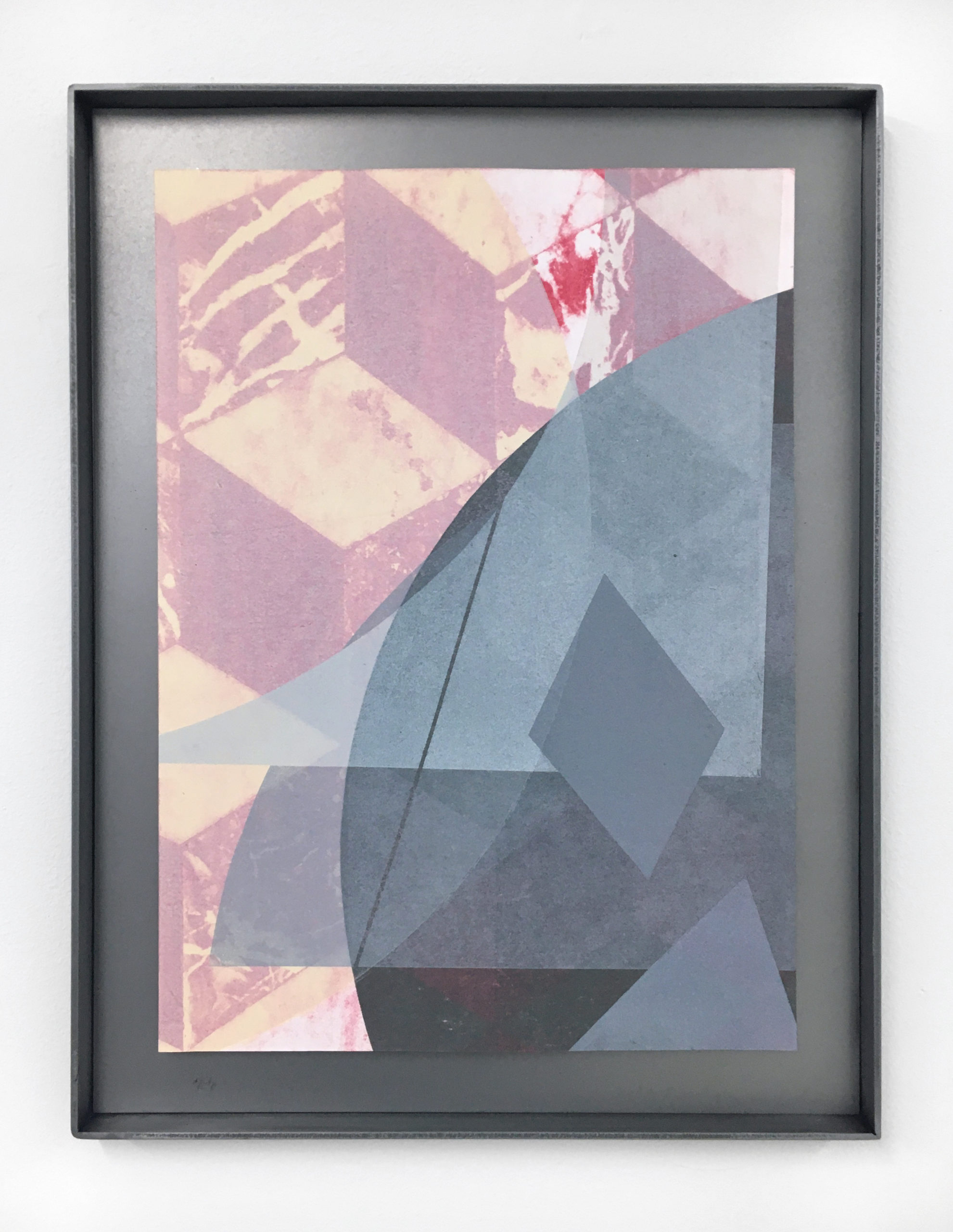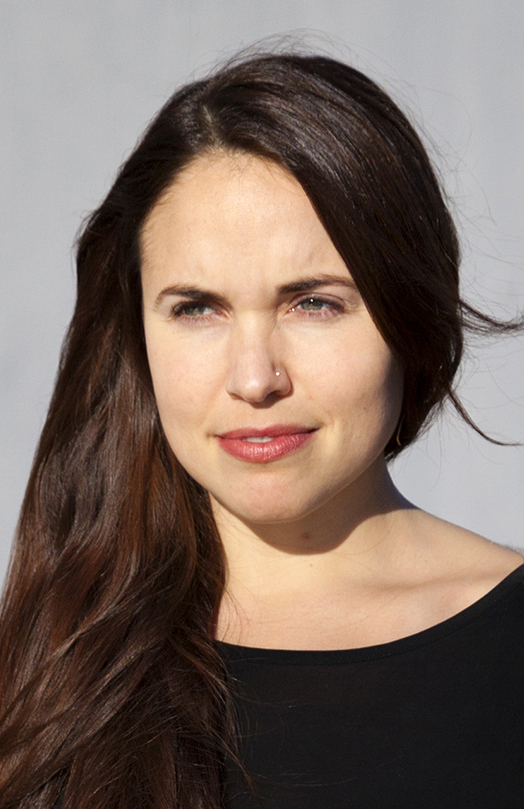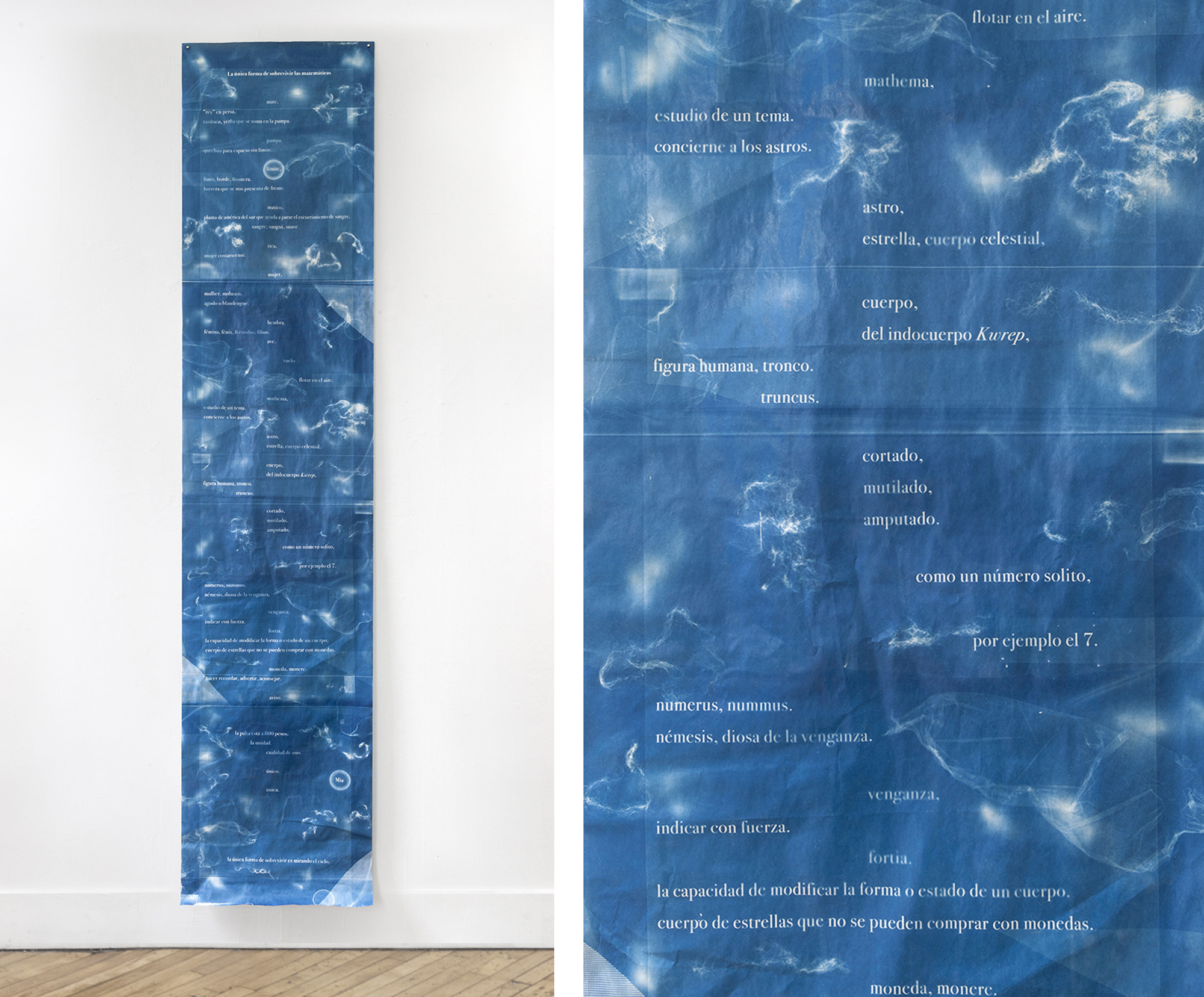Event Info
This workshop takes place across two sessions:
- Mon, Jun 7th, 1–4pm ET
- Wed, Jun 16th, 1–4pm ET
This two-session course will provide an introduction to Gum Bichromate Printing, a photographic printing process invented in 1858 using colored pigment with gum arabic to create the first color photographs. Gum prints can be made with any color combination and from a range of unconventional materials, and can be exposed using only sunlight and water. The images have a unique quality- soft details and surface marks, and are often multi color layer images that can be combined with other alternative processes such as Cyanotype. The class will include a presentation of historical references, as well as contemporary artists working with this medium.
Students will learn how to prepare digital negatives in Photoshop, separating an image into multi-color layers. Students will also make 2-color images from the prepared negatives. Experimental ways of producing pigments for your images will also be demonstrated. The instructor will discuss how the physical materials used for printing can create meaning and interpretation of your works. At the end of the class, students will share and discuss the works made, as well as troubleshooting any issues and questions on how to further develop this process into one’s artistic practice.
There are a total of 12 spots open in this small-group workshop.
If you cannot comfortably pay tuition but are interested in taking this class, please consider filling out our financial assistance application here. We will notify you of your scholarship status before the start date of the class.
Required materials:
- Access to sunlight, ie. outdoor space, window with ample sunlight, etc. OR access to a UV exposure unit (blacklight)
- Access to a dark or dimly lit space where your paper will dry prior to exposing (there should be no sunlight or UV lighting here, regular light bulbs are fine)
- A contact printing frame is ideal if you have one. Otherwise, a DIY version can be made using a single pane of glass large enough to cover your paper size. The glass will have to lay flush on your paper with the negative on top, so you will need a piece of wood or cardboard to rest the paper on that is approximately the same size as your glass (the paper and negative will be sandwiched in between). To ensure that the glass has full contact with the paper you can weight the edges with something heavy like stones or paper weights, or use small clamps or binder clips that are large enough to hold the glass and cardboard/wood together.
- Medium/heavy weight watercolor or printmaking paper with sizing (all watercolor paper should contain sizing, most heavier weight printmaking papers do also) Strathmore Printmaking 400 Series is an inexpensive paper that works well with this process.
- Gum Arabic. The link below is for 100ml, you can buy a larger size if you plan to make many prints or work large scale in the future.
- Potassium Bichromate. The link below is for 100ml, you can buy a larger size if you plan to make many prints or work large scale in the future. Note: This is a relatively toxic substance and to be handled with gloves for precaution.
- 2 droppers for ease of measuring out Potassium Dichromate and Gum Arabic
- Latex gloves for handling chemistry
- Foam brush or soft bristle brush
- Dish, cup, saucer, etc. to mix your solution. DO NOT USE ANYTHING YOU WILL LATER EAT/DRINK FROM.
- Pigment: the most consistent results come from watercolor paint tubes, if you have a small set of watercolors to select 2 colors from this is ideal. Otherwise, powdered pigment also works well.
- Palette knife, or small brush to mix your gum+pigment solution together (you can use the back of any paintbrush, etc.)
- Tray large enough to hold your paper size (we will fill this with water to wash the prints)
About the Instructor
Claudia Kaatziza Cortínez is a visual artist and educator, born in the US to parents from Argentina and Chile and currently living in NYC. Her work focuses on recording objects and patterns from urban and domestic spaces, exploring how relationships between architecture, time, and memory become physical records. Her works combine paper casting, printmaking, and analogue photographic techniques as a way to approach image-making as a sculptural process. She received her BFA from RISD and her MFA from Yale University. She is the recipient of the Yale Norfolk Teaching Fellowship, the Rema Hort Mann Emerging Artist Grant in NYC, the Alice Kimball Traveling Fellowship from Yale, the Blair Dickinson Memorial Grant from Yale, among others. She has exhibited her work in solo and group shows in the US, Latin America, and Europe, and has curated exhibitions at the Shirley Fiterman Art Center in NYC and the Eduardo Sívori Museum in Buenos Aires, bringing together artists from both cities. Recent residencies include the Lower East Side Printshop, LMCC Swing-Space, NARS Foundation, Mass MoCA, the Loisaida Center, and Tou Trykk Grafisk Verksted, among others. She is co-founder/director of LAZO, a platform for Latinx artists. Claudia is a 2020 artist in residence at the Center for Book Arts and Silver Art Projects in NYC.
All images courtesy of the instructor.


